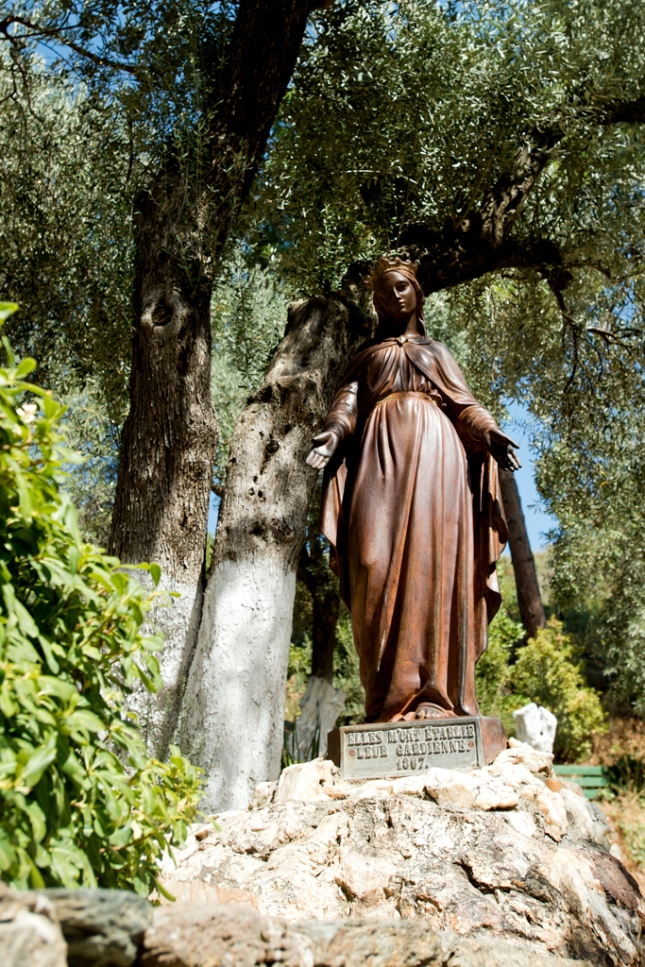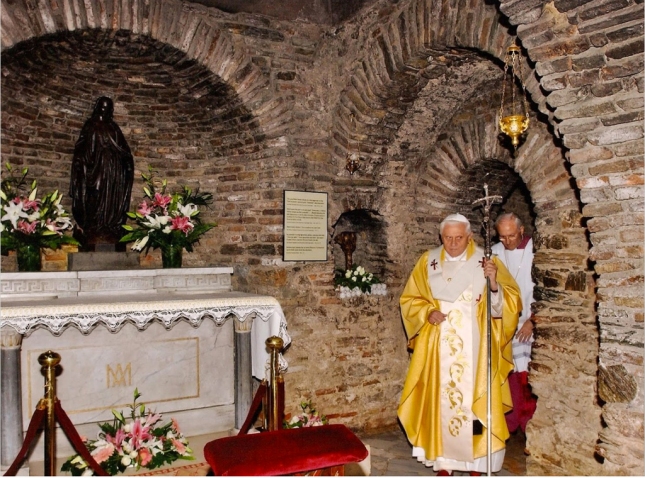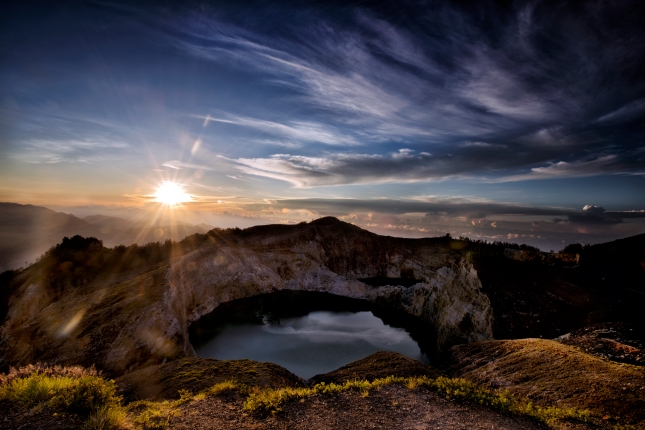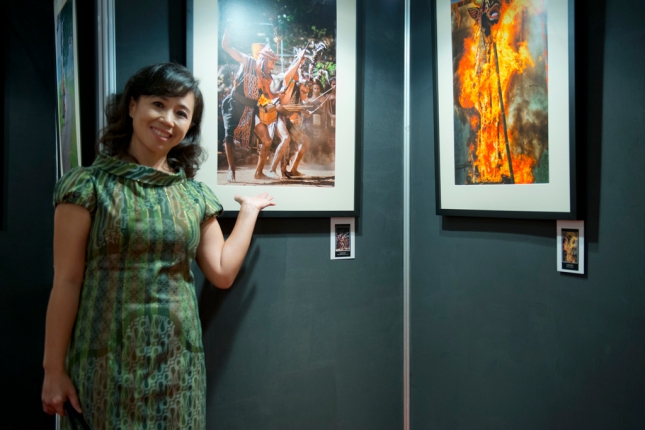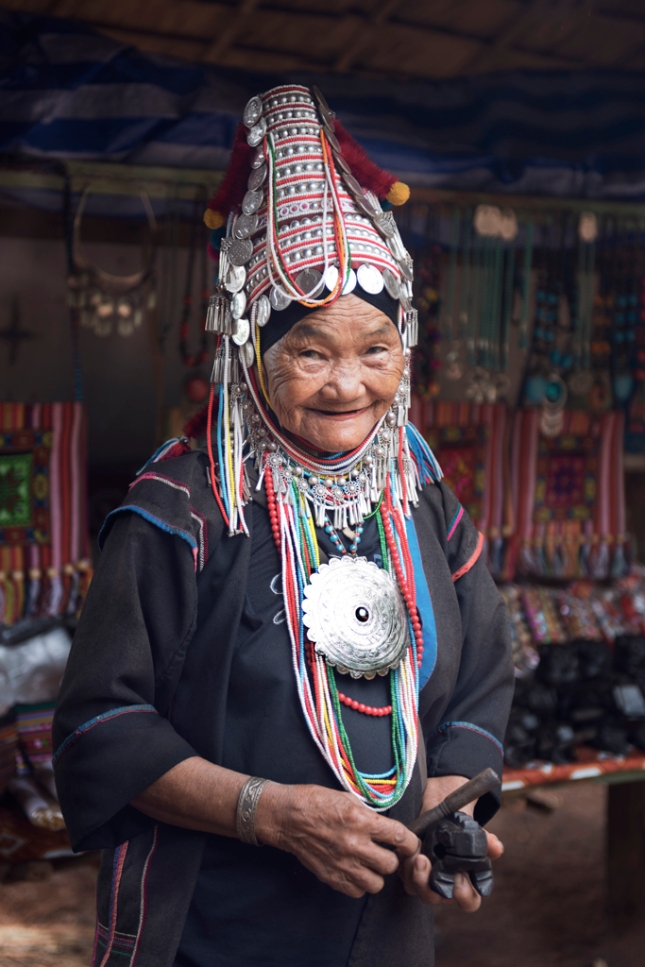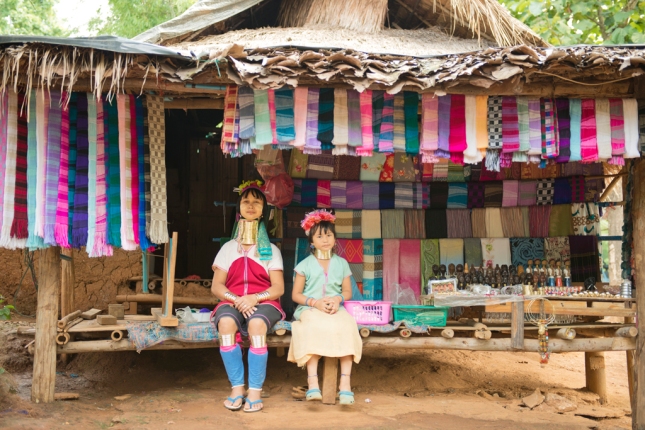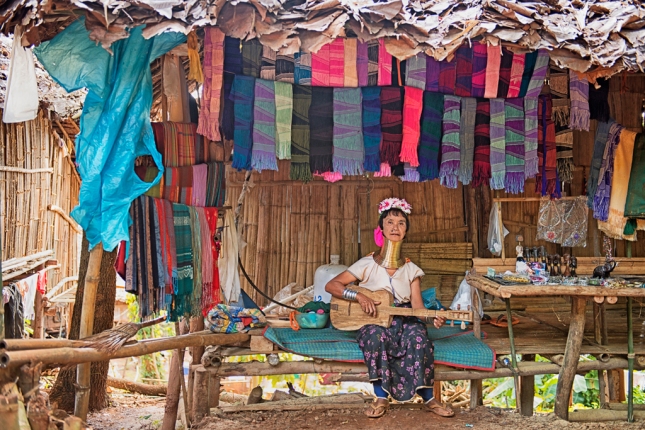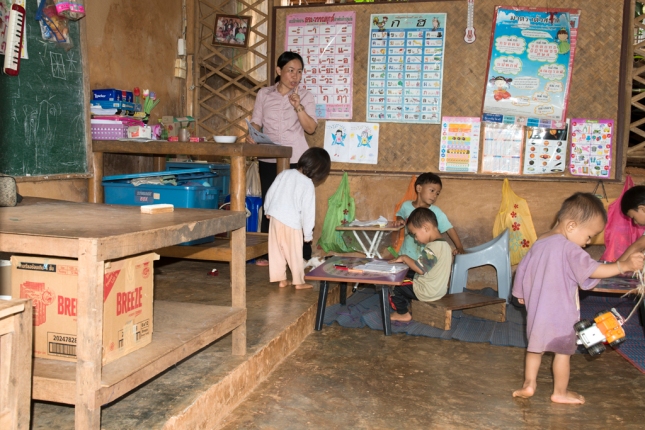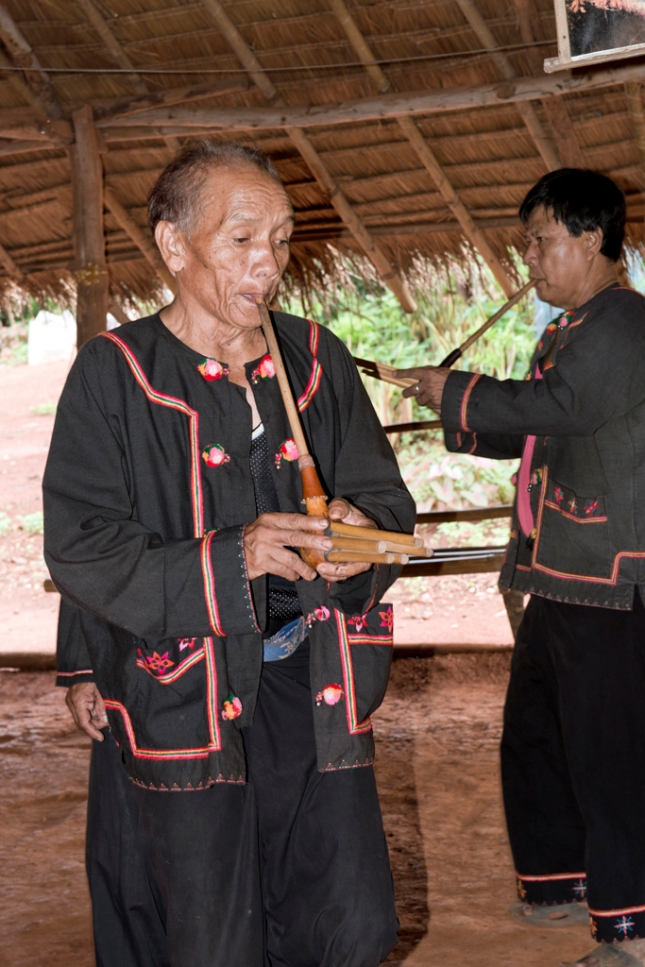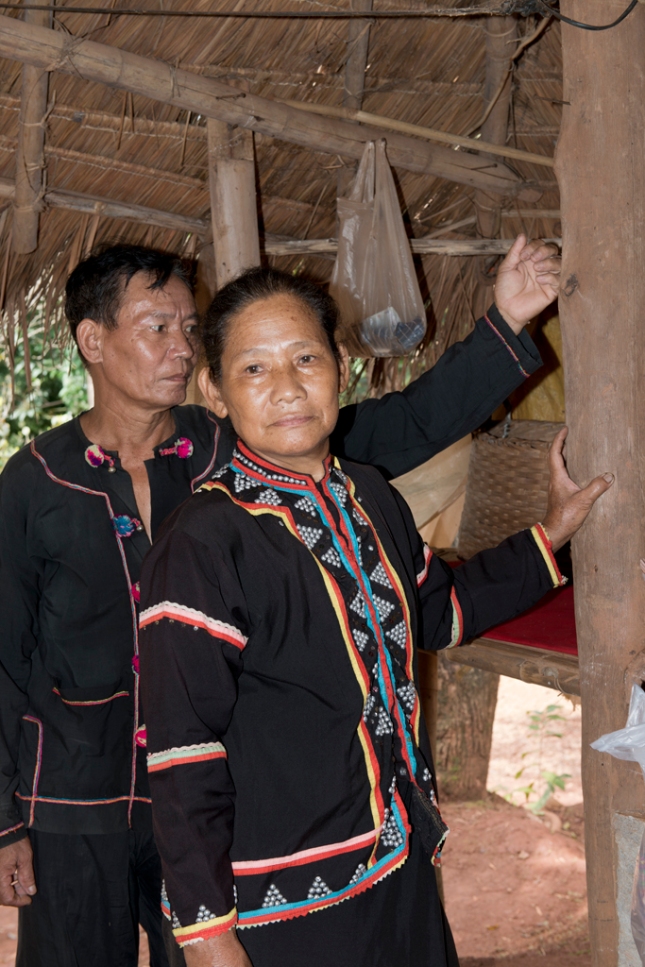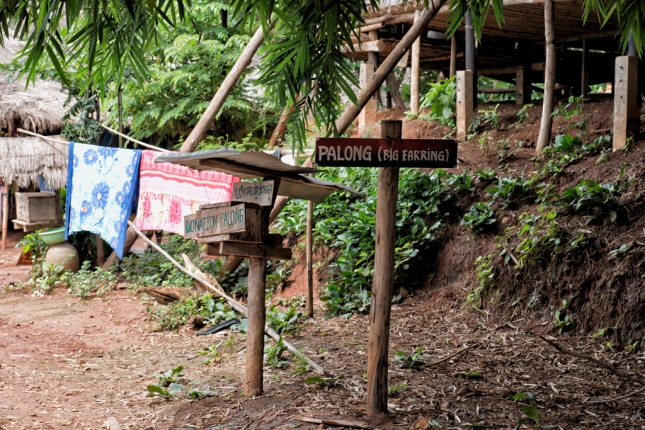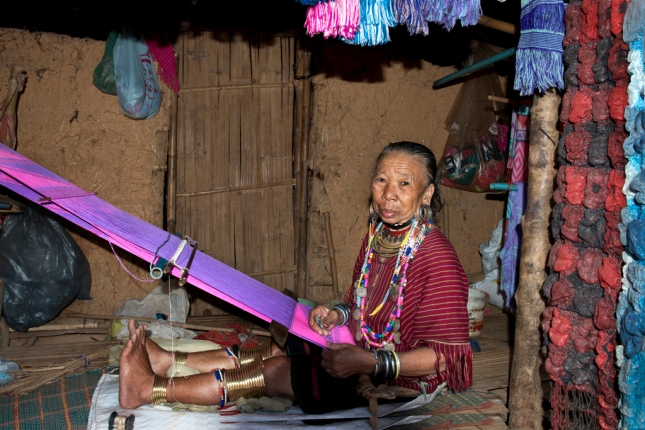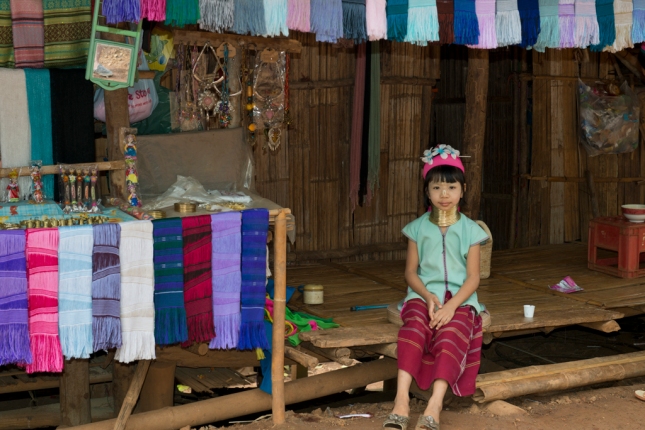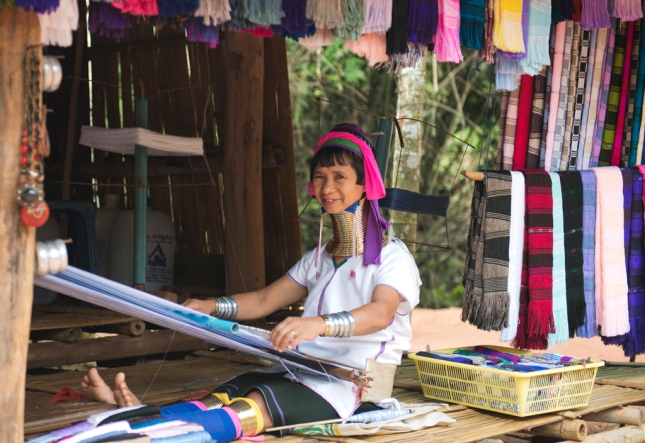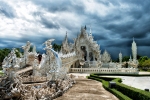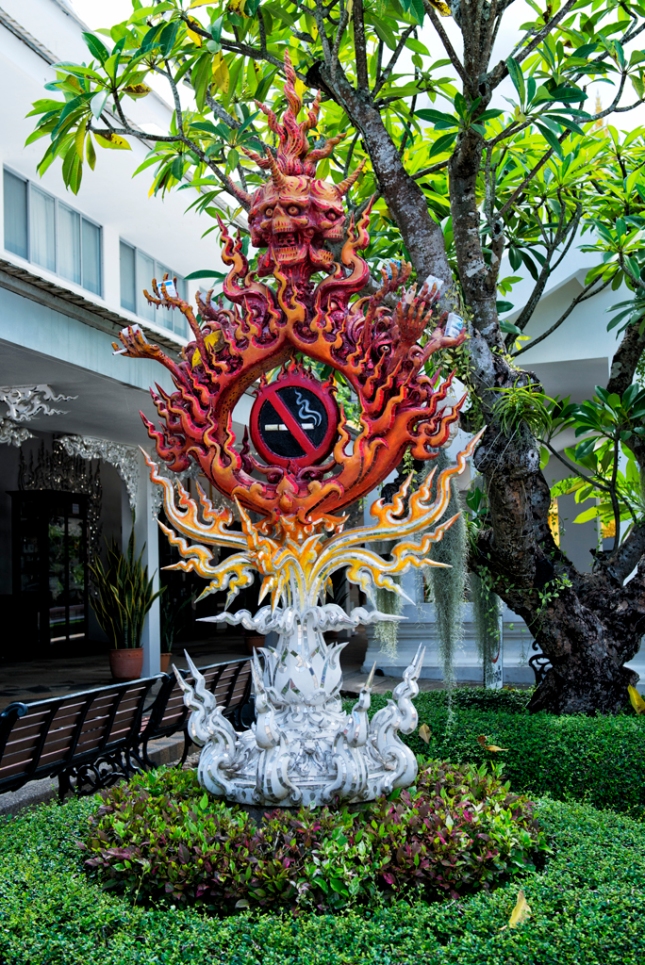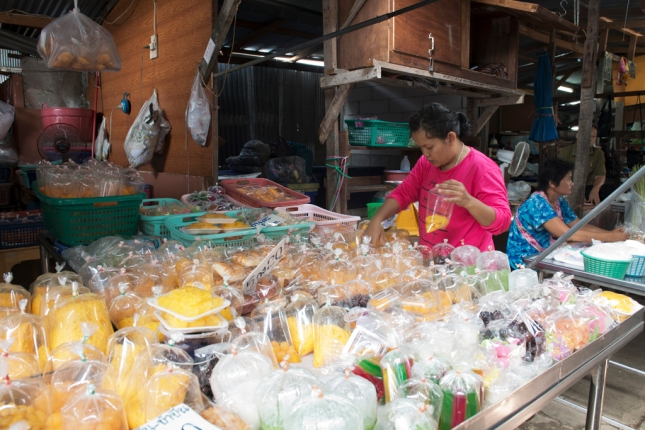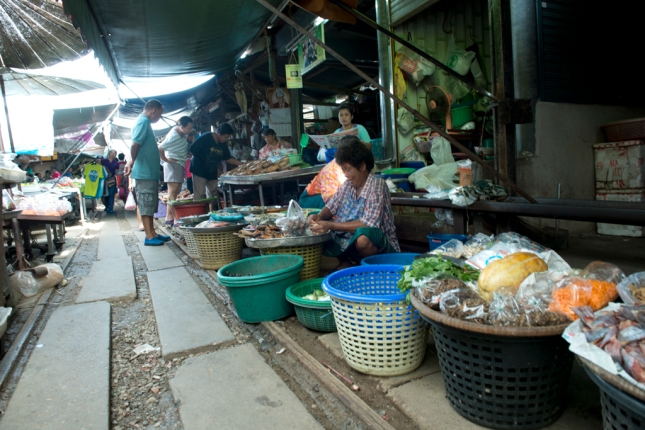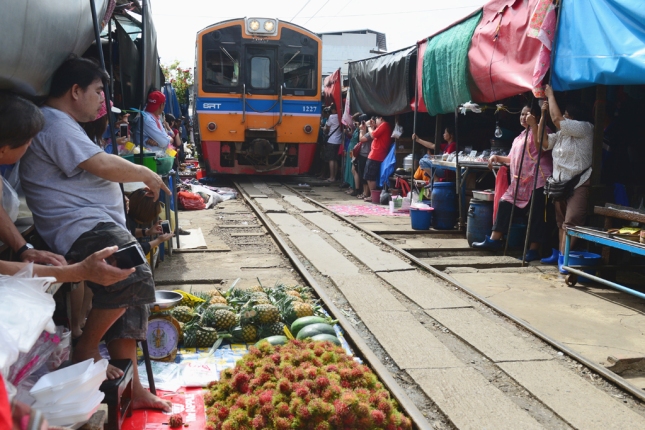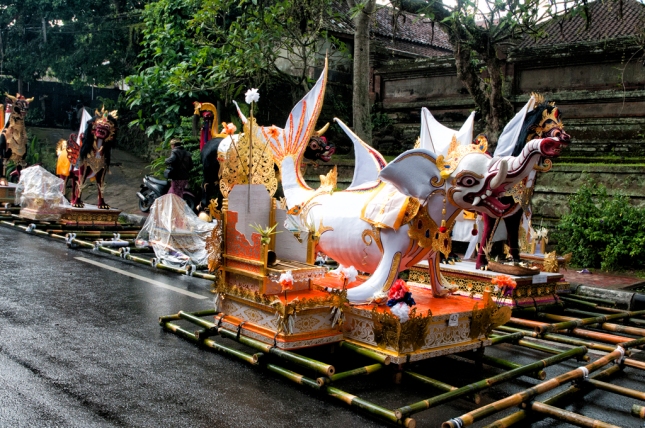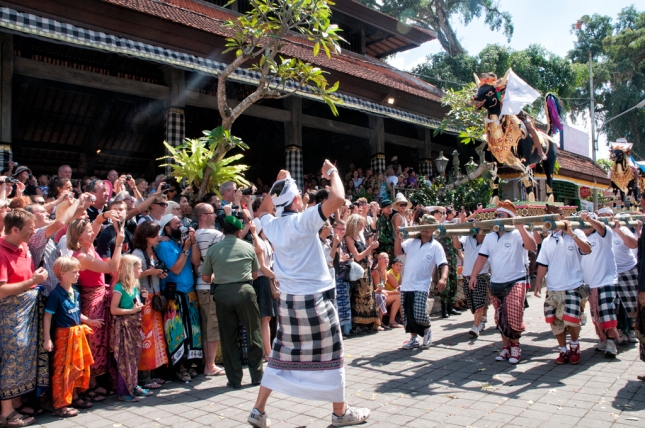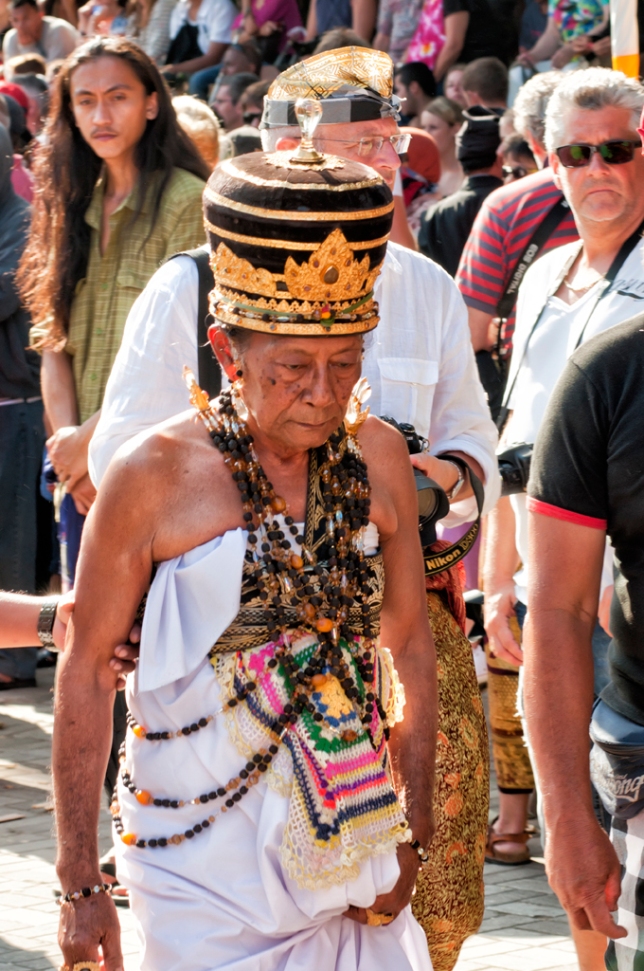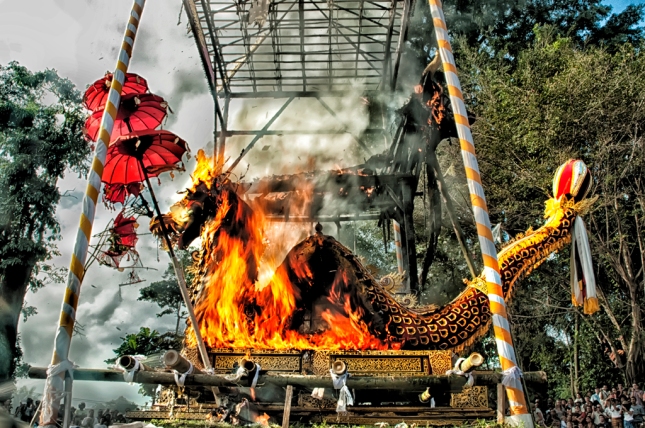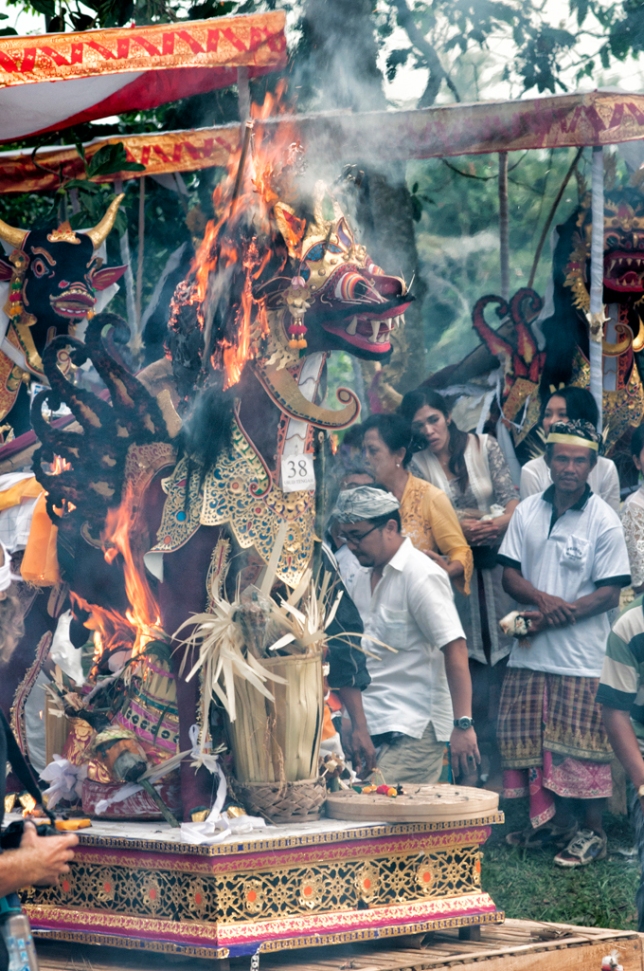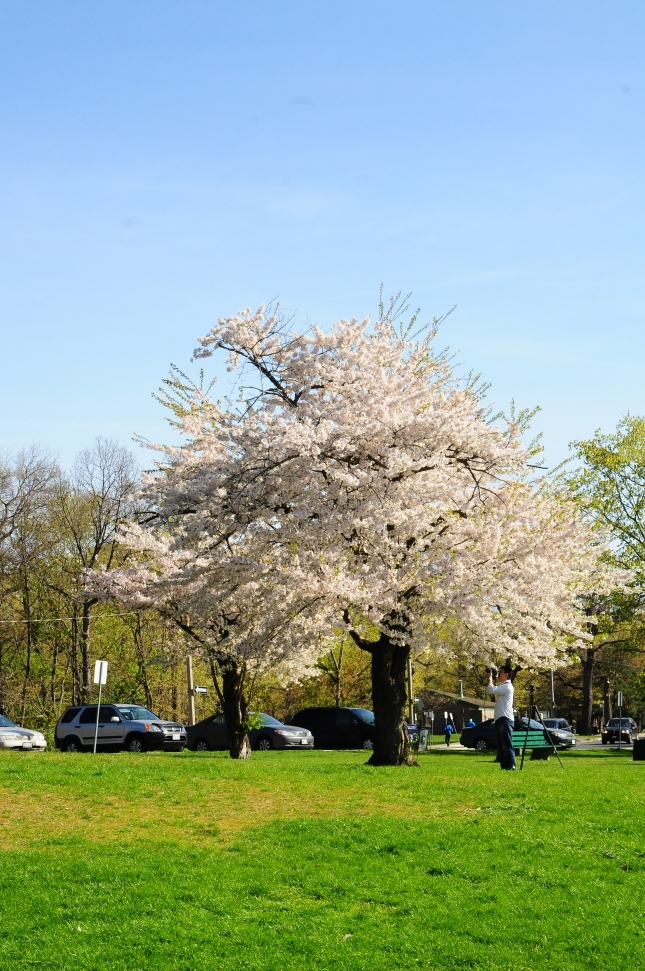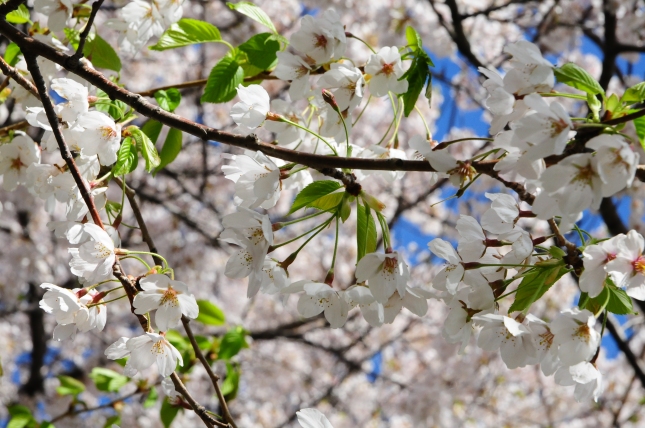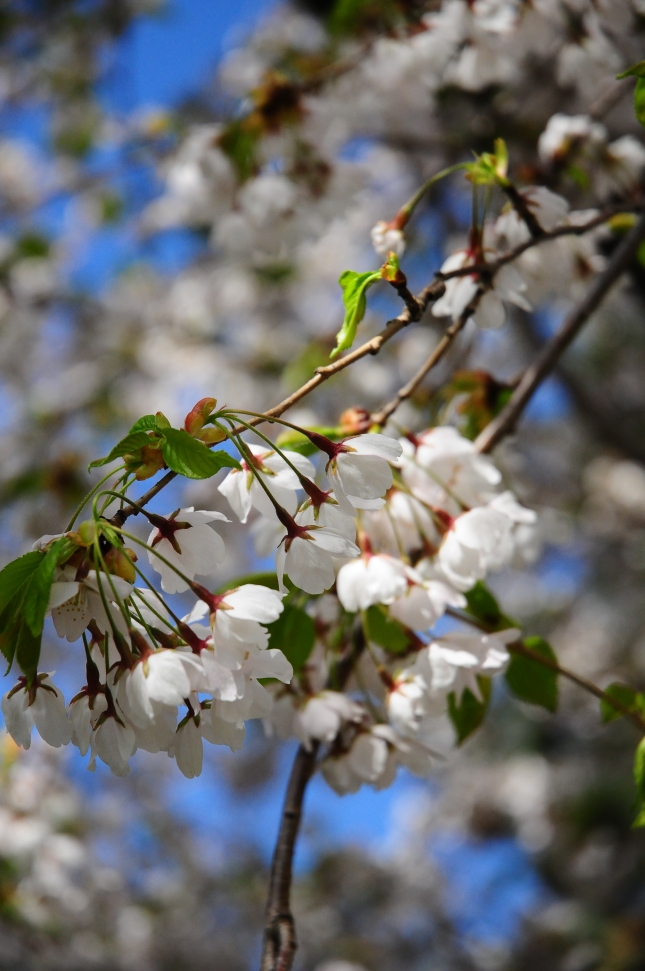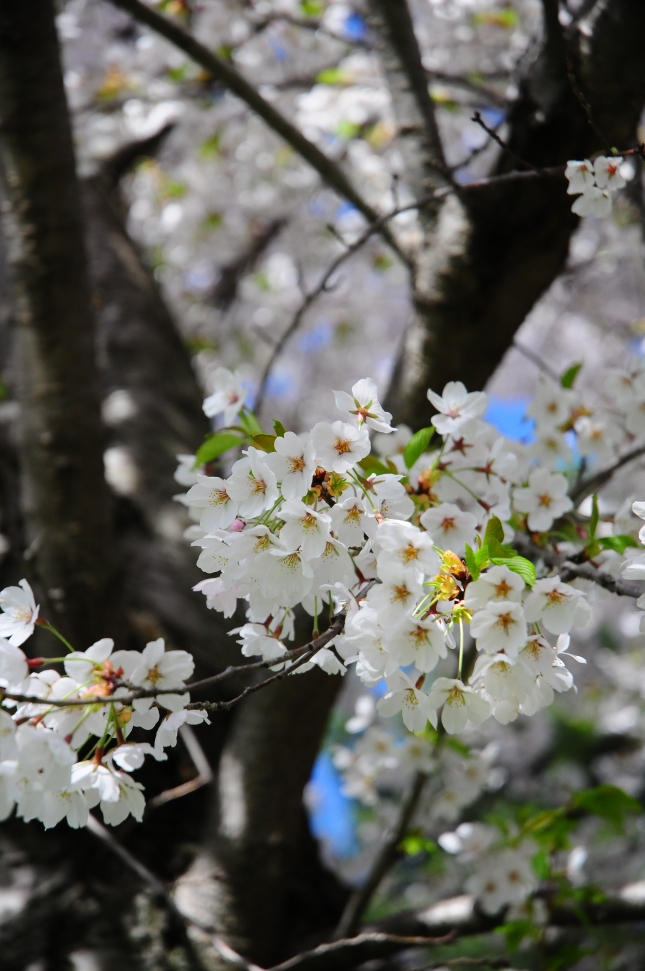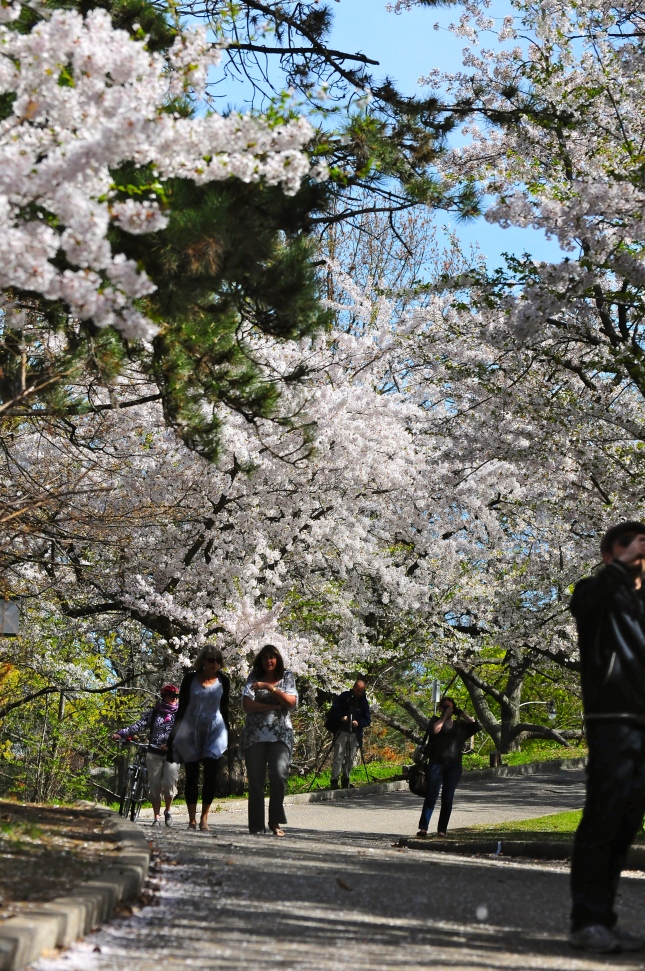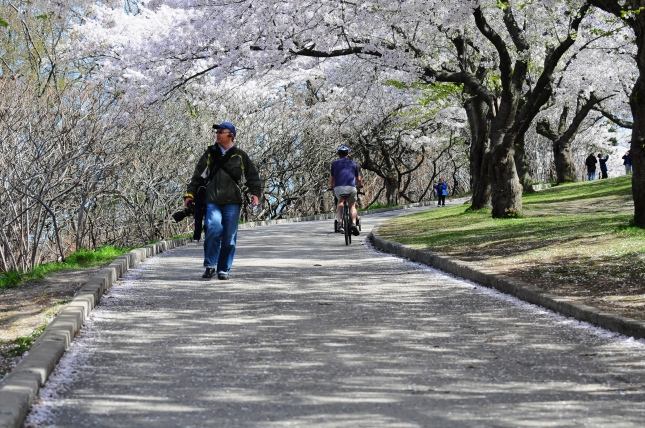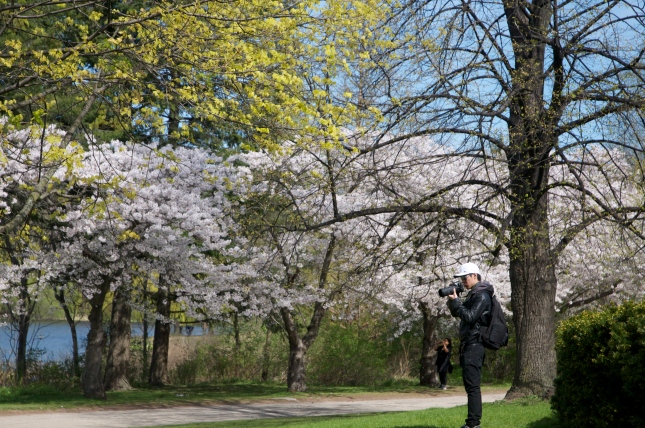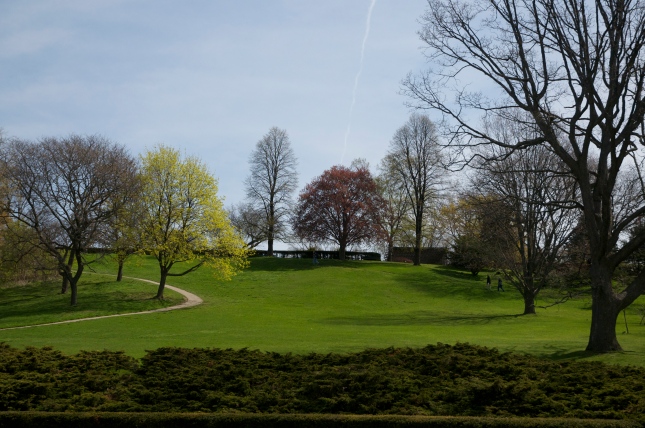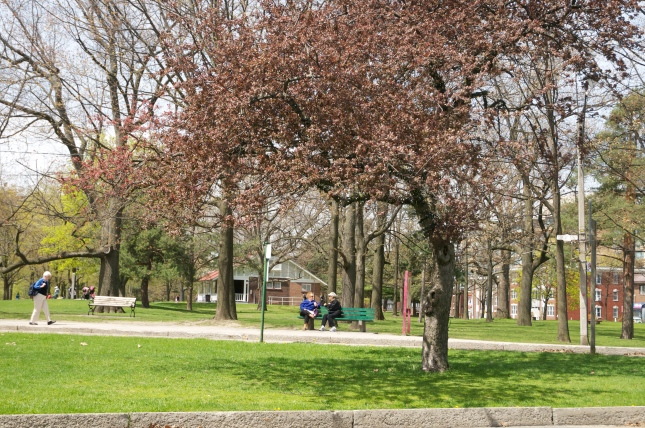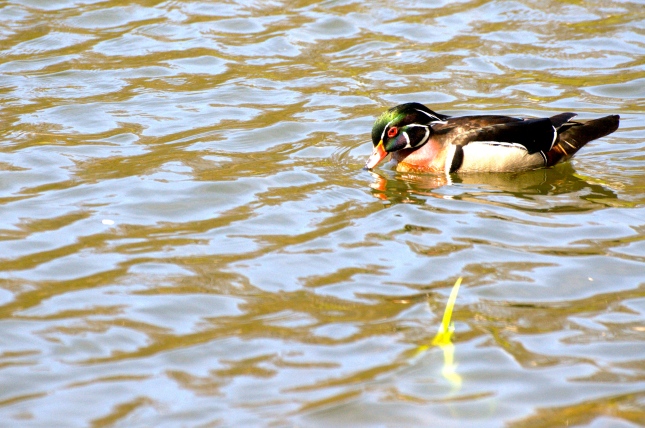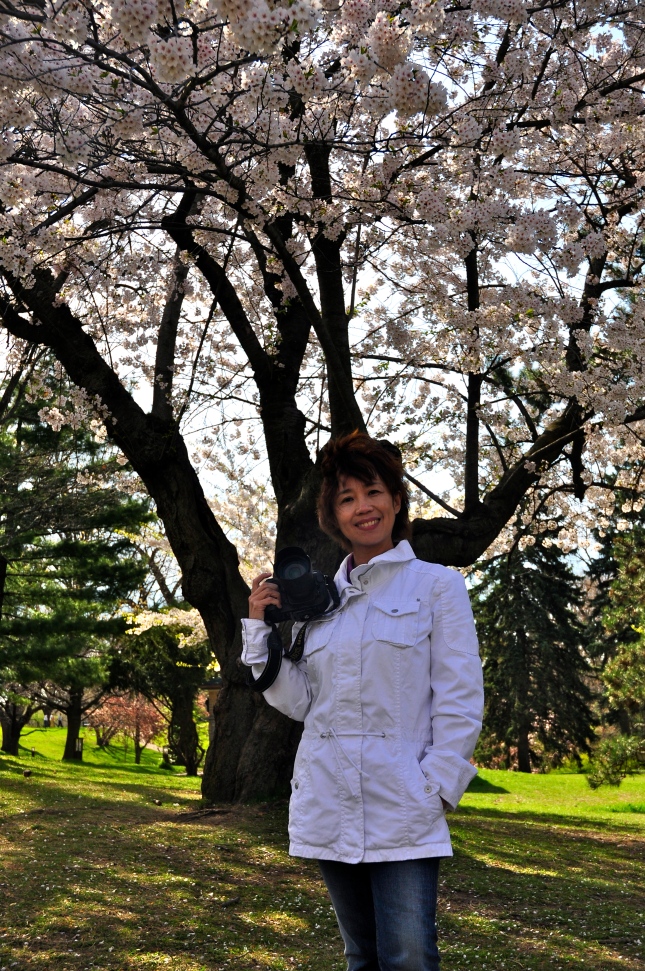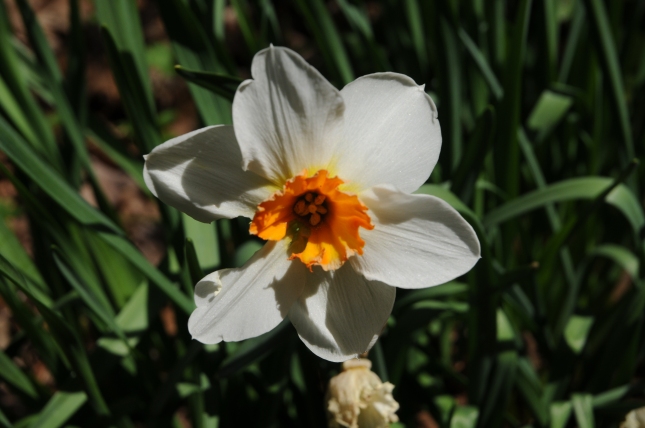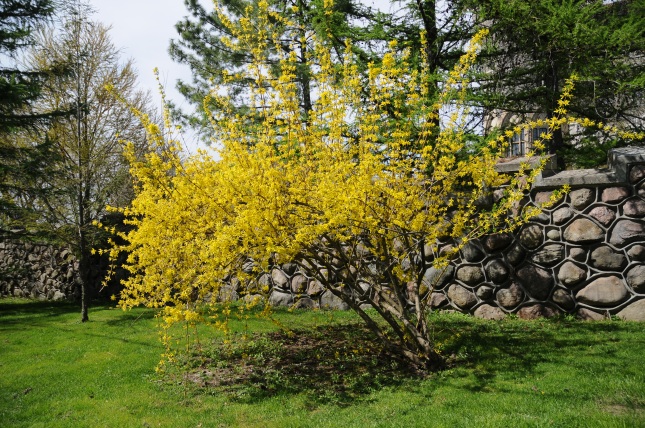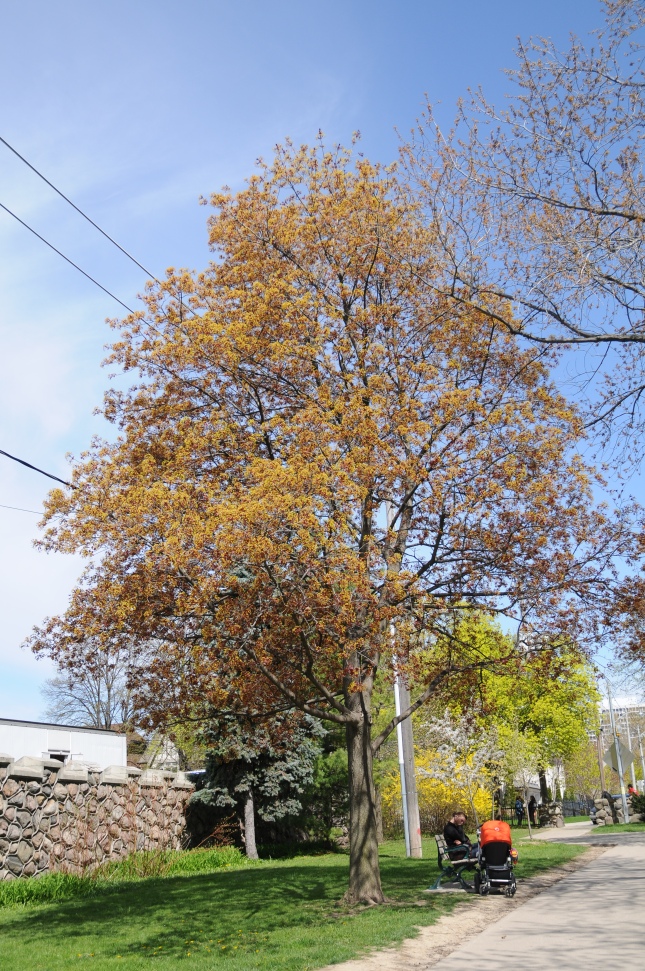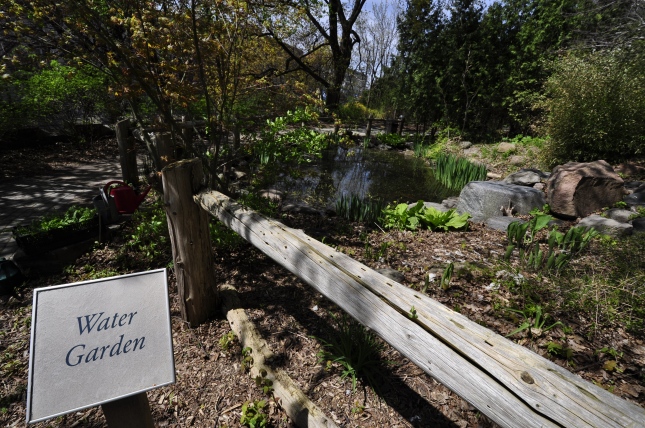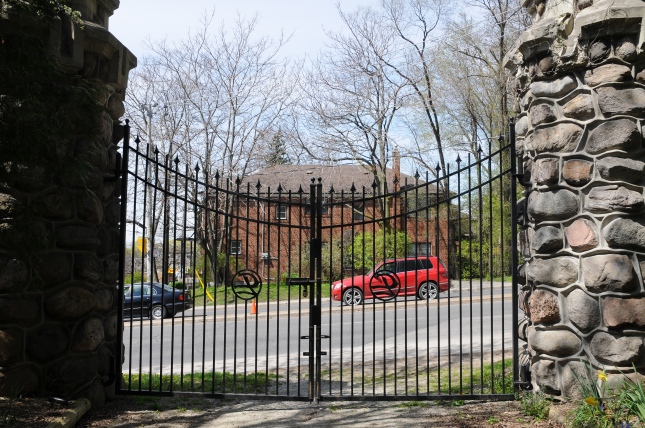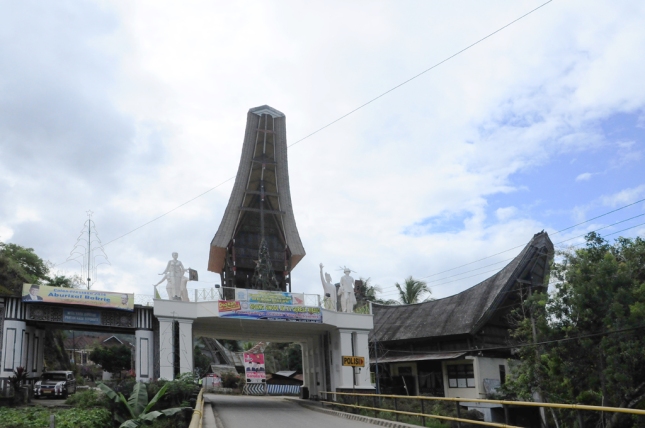
Toraja berada di sebelah utara Makassar, ibukota Sulawesi Selatan, dengan jarak 350km dan bisa ditempuh dengan mobil sekitar 7 -10 jam perjalanan, atau dengan pesawat terbang domestik yang sampai tulisan ini dibuat, hanya beroperasi seminggu sekali dengan pesawat kecil berpenumpang delapan orang, sekitar 45 menit dari Bandara Hasanuddin Makassar.
Tana Toraja dihuni oleh Suku Toraja yang mendiami daerah pegunungan dan mempertahankan gaya hidup yang khas dan masih menunjukkan gaya hidup Austronesia yang asli dan mirip dengan budaya Nias.
Sepanjang perjalanan menuju Toraja tampak panorama alam yang cantik. salah satunya adalah Gunung Nona di Enrekang, tempat di mana kita bisa beristirahat dan minum kopi enak khas Makassar.

Pemandangan Gunung Nona

Mesjid di tengah kota Enrekang
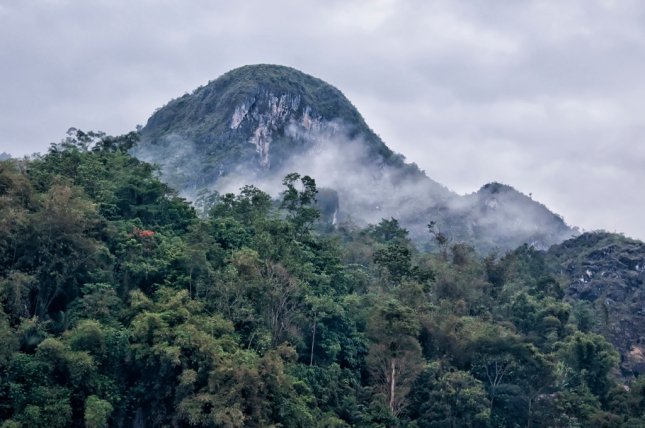
Gunung yang berkabut
Tana Toraja terkenal dengan kekayaan budayanya, terlebih-lebih adalah tata cara pemakaman yang unik, dan biasanya dengan 3 cara yaitu:
1. Dalam Gua batu : Peti mati seluruh anggota keluarga disimpan di dalam gua batu, dengan patung kayu yang disebut Tau tau, yang diletakkan di gua dan menghadap keluar. atau di makam batu berukir, atau digantung di tebing.
2.Pada makam batu berukir, biasanya untuk orang kaya. Pembuatan makam tersebut biasanya mahal dan waktu pembuatannya sekitar beberapa bulan.
3. Digantung dengan tali di sisi tebing, biasanya untuk bayi atau anak-anak. Tali tersebut biasanya bertahan selama setahun sebelum membusuk dan membuat petinya terjatuh.
Beberapa Wisata pemakaman yang terdapat di Tana Toraja :
Ke’te Kesu Toraja
Di Desa Ke’te Kesu, 4 km dari Rantepao, terdapat kubur batu tertua di Toraja, dengan Tongkonan, lumbung padi, bangunan megalith, tau-tau (patung manusia) dalam bangunan batu, dan karya seni ukir khas Toraja. Sekitar 100 meter di belakang perkampungan ini terdapat situs pekuburan tebing dengan kuburan bergantung dan tau-tau dalam bangunan batu yang diberi pagar. Tau-tau ini memperlihatkan penampilan pemiliknya sehari-hari.


Di sebelahnya terdapat bukit batu yang sudah mulai dirembesi air dari atasnya. Di dindingnya terdapat beberapa lubang berbentuk bujursangkar yang ditutup dengan papan kayu yang diukir. Konon di dalamnya ada ruangan-ruangan lagi yang menjadi kuburan keluarga.
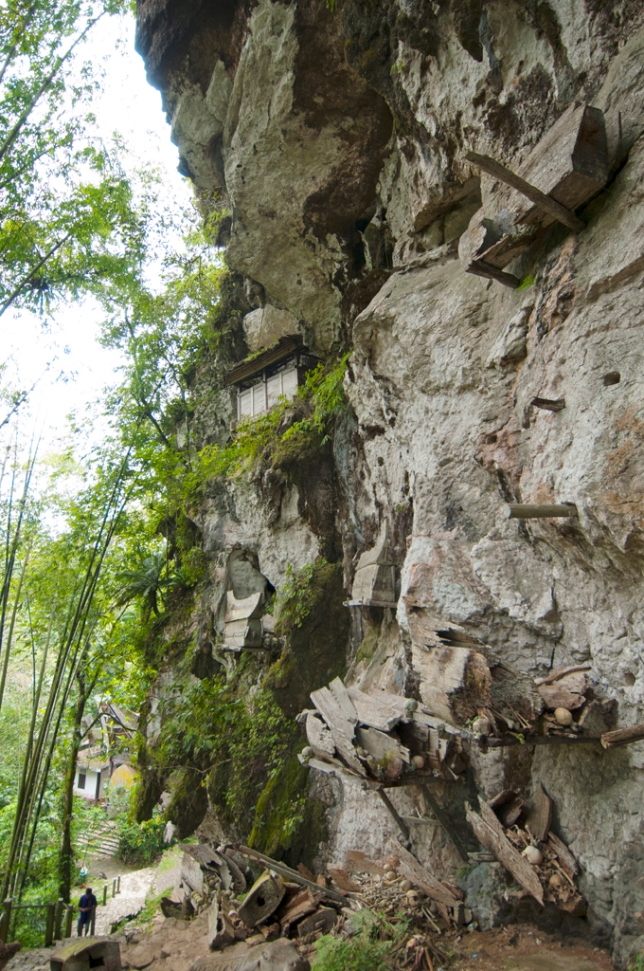

Kawasan batu pemakaman ini diselimuti pohon bambu yang menjulang. terdapat tangga yang disekitarnya banyak terdapat erong-erong lapuk dan berserakan tulang belulang manusia serta tengkorak.
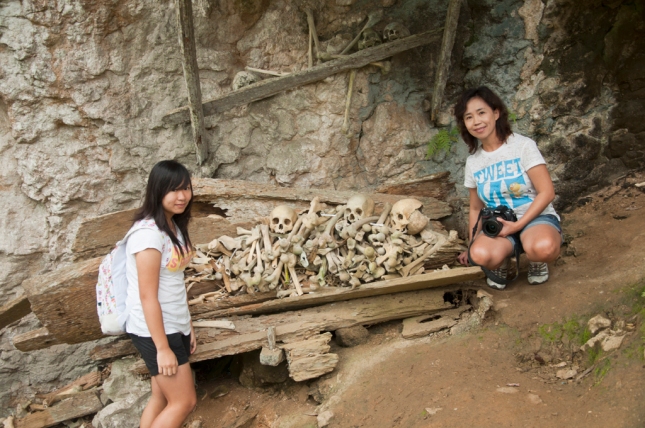
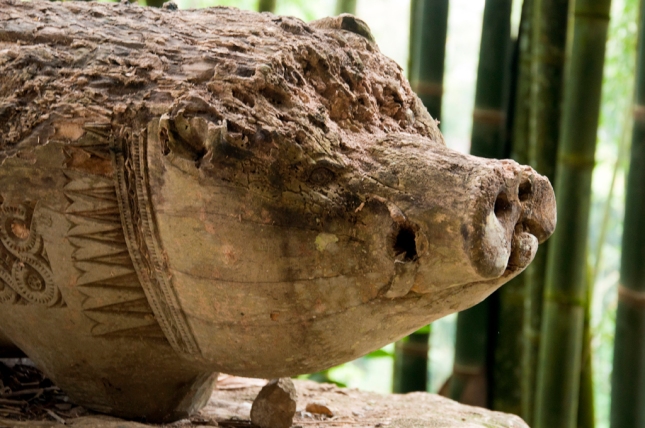
photograph by Sharen Adeline

Erong-erong adalah sebutan peti mati adat Tana Toraja. Erong-erong juga punya bentuk tersendiri yang menggambarkan jenis kelamin si penghuni. Jika jenazah perempuan, ujung erong-rong berbentuk kepala babi . Sedangkan jika laki-laki bentuknya perahu. Semua erong-erong dihadapkan ke arah utara.
Bentuk perahu pada peti jenazah pun mengartikan tanda penghormatan kepada leluhur Toraja yang konon dipercaya datang dengan perahu dari arah utara.
Di sudut dinding batu tersebut terdapat tau-tau satu rumpun keluarga. Tau-tau adalah sebutan untuk patung-patung para jenazah yang dimuliakan. Biasanya hanya keluarga bangsawan yang memiliki kesanggupan atas pembuatan tau-tau.
Di bagian luar dinding batu, ada tangga menuju ke atas yang terdapat gua dengan pintu yang cukup besar, terlihat beberapa karangan bunga dan di dalam gua terdapat peti mati bersusun dihiasi dengan foto orang yang meninggal.

Makam Sarungalo
Merupakan makam seorang bangsawan yang disegani di Toraja, dikubur bersama istrinya dalam sebuah makam modern yang disebut patane.
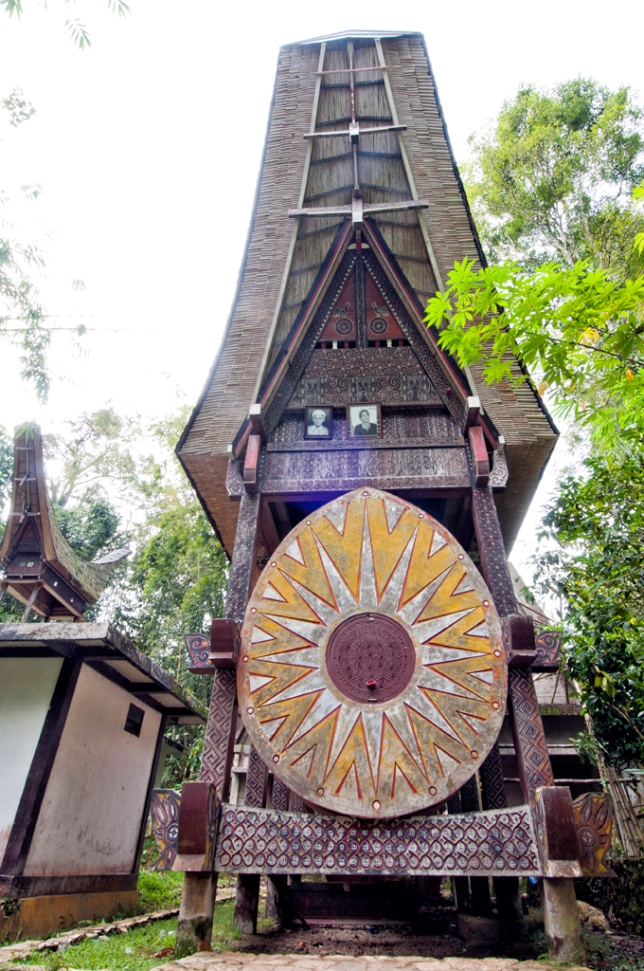
 Kubur Bayi Kambira
Kubur Bayi Kambira
Berupa sebuah pohon terletak di Kampung Kambira, Kecamatan Sangalla, 20 km dari Rantepao, disebut Passiliran, berada di atas pohon Tarra dengan lubang berbentuk kotak-kotak persegi dimana jasad bayi yang belum tumbuh gigi diletakkan.
Pohon ini dipercaya mempunyai getah semacam cairan susu ibu, sehingga bayi yang dikuburkan masih seperti mendapat makanan yang mirip dengan apa yang didapat di rahim ibunya.
Di atas pohon tarra yang buahnya mirip buah sukun yang biasa dijadikan sayur oleh penduduk setempat itu dengan lingkaran batang pohon sekitar 3,5 meter, tersimpan puluhan jenazah bayi.
Sebelum jenazah dimasukkan ke batang pohon, terlebih dahulu pohon itu dilubangi kemudian mayat bayi diletakkan ke dalam kemudian ditutupi dengan serat pohon kelapa berwarna hitam. Setelah puluhan tahun, jenazah bayi itu akan menyatu dengan pohon tersebut. Ini suatu daya tarik bagi para pelancong dan untuk masyarakat Tanah Toraja tetap menganggap tempat tersebut suci seperti anak yang baru lahir.
Penempatan jenazah bayi di pohon ini juga disesuaikan dengan strata sosial masyarakat. Makin tinggi derajat sosial keluarga itu maka makin tinggi pula tempat bayi yang dikuburkan di batang pohon Tarra tersebut. Bahkan, bayi yang meninggal dunia diletakkan sesuai arah tempat tinggal keluarga yangberduka. Kalau rumahnya ada di bagian barat pohon, maka jenazah anak akan diletakkan di sebelah barat.
Meski mengubur bayi di atas pohon tarra itu sudah tidak dilaksanakan lagi sejak puluhan tahun terakhir, tetapi pohon tempat “mengubur” mayat bayi itu masih tetap tegak dan banyak dikunjungi wisatawan.

Kubur Batu LONDA

photograph by Sharen Adeline
Terletak di Desa Sandan Uai, Kec Sanggalangi, 5 km ke arah selatan dari Rantepao, merupakan gua alam tempat kubur para leluhur masyarakat Toraja, berkedalaman 1 km, dengan ratusan tengkorak dan tulang berusia ratusan tahun, serta peti-peti mati , Di beberapa tempat naik turun cukup terjal, kadang2 untuk melewatinya harus membungkuk. Di dalam gua terdapat banyak tengkorak yang sebagian sudah berumur ratusan tahun, dan menurut penjaganya, orang dilarang untuk memindahkan atau mengambil tulang belulang tersebut.
Di beberapa sisi gua juga ditemukan deretan patung-patung kecil (tau-tau). Tau-tau ini sekaligus menandakan mereka-mereka yang telah dimakamkan dengan upacara adat tertinggi di wilayah tersebut. Tidak semua yang dimakamkan dibuatkan tau-tau. Hanya yang memenuhi syarat dan kriteria tertentu sajalah yang dibuatkan tau-tau yang bentuk rupanya persis seperti si almarhum/almarhumah. Seringkali, di Tau-tau itu juga disertakan harta benda kesayangan dari jenasah yang dimakamkan di Londa.
Di pintu masuk ada juga beberapa erong yaitu peti mati khas Toraja yang tertanam di dinding goa, yang di dalamnya masih tersimpan tulang dari jenasah yang konon telah meninggal ratusan tahun lalu. Di dinding goa yang tersusun dari batu kapur itu terdapat beberapa buah erong. Tinggi dari setiap erong yang tertanam di dinding Goa Londa tidaklah sama. Semakin tinggi derajat atau status sosial dari sang mendiang, semakin tinggi pula posisi peletakan peti matinya. Pada saat perayaan para sanak keluarga datang untuk berdoa dan membawa sesaji yang diyakini kesukaan mendiang, seperti rokok, air putih, sirih, pinang, dan makanan, namun akibatnya dalam gua menjadi kotor dan berserakan rokok dan botol minuman.


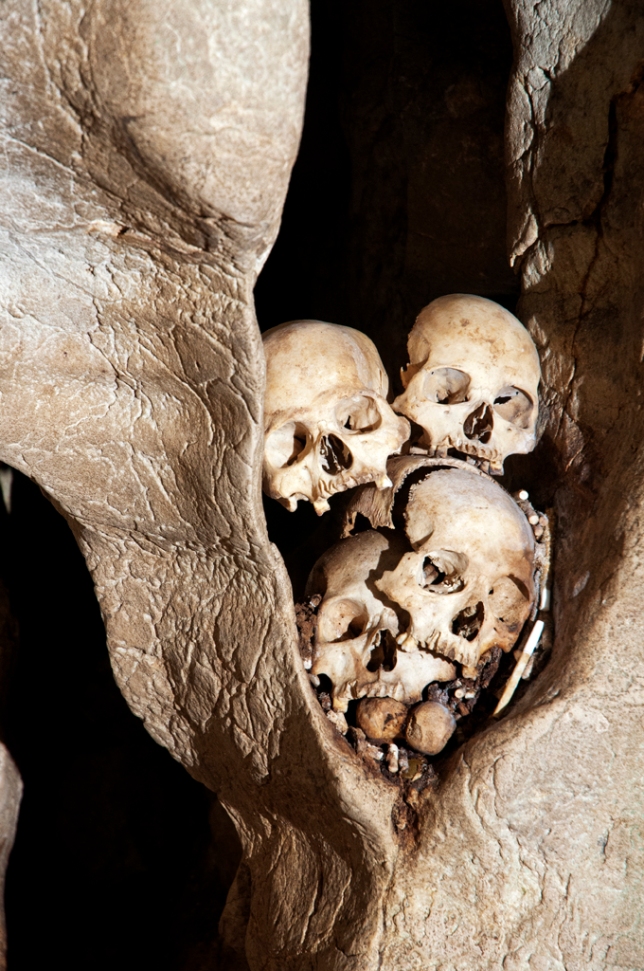

Kubur Batu LEMO
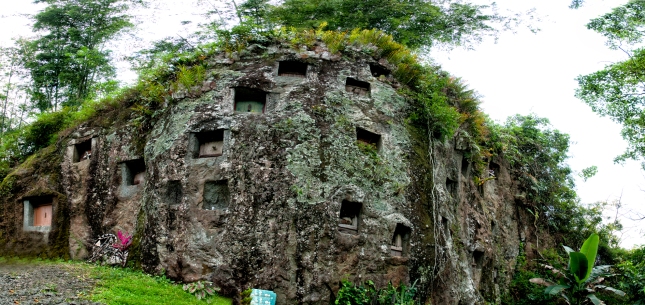
Terletak di kecamatan Makale Utara, di mana jasad leluhur diletakkan di dalam liang-liang pada dinding tebing cadas yang ditatah, terdapat tau-tau yang menghadap ke alam terbuka, pakaiannya diganti secara berkala dalam upacara Ma’nene.
Lemo adalah tempat pekuburan dinding berbatu. Letaknya di Desa Lemo. Disebut Lemo, karena pekuburan batu utama memiliki dinding yang berkerut-kerut seperti kulit jeruk atau lemo dalam bahasa setempat. Diperkirakan ada sekitar 75 buah lubang batu kuno di tempat ini. Di dalam lubang-lubang batu tersebut juga ditemui patung-patung(tau-tau) dari mereka yang sudah meninggal dan dimakamkan di sini .



Situs Purbakala Bori
Terletak di kecamatan Sesean, dan di sebut Situs Purbakala, Bori adalah sebuah obyek wisata kuno dan unik, karena adanya tradisi yang melekat erat sejak ratusan tahun . Yang menjadi keunikan menhir di Bori, bukan hanya terletak pada jumlah kerbau yang dipersembahkan pada saat upacara penguburan, tetapi dalam bentuk pembuatan menhir.
Obyek wisata utamanya adalah rante (tempat upacara pemakaman secara adat yang dilengkapi dengan buah menhir / megalit), dalam bahasa Toraja disebut simbuang batu. Seratus dua batu menhir yang berdiri dengan megah terdiri dari 24 buah ukuran besar, 24 buah ukuran sedang dan 54 buah ukuran kecil. Nilai adat tidak tergantung ukuran menhir, penyebab perbedaan adalah situasi dan kondisi pada saat pembuatan / pengambilan batu, misalnya; masalah waktu, kemampuan biaya dan situasi pada masa kemasyarakatan. Megalit / simbuang batu hanya diadakan bila seorang pemuka masyarakat yang meninggal dunia dan upacaranya dilaksanakan dalam tingkat Rapasan Sapurandanan (kerbau yang dipotong sekurang-kurangnya 24 ekor).


Batutumonga
Batutumonga berada di wilayah perbukitan ke arah barat laut dari kota Rantepao. Daerah ini merupakan kawasan pertanian yang sangat subur, batu-batu gunung yang besar bertebaran dimana-mana, dari mulai tengah sawah, pinggir hutan hingga pinggir jalan. Di tengan perjalanan menuju Batutumonga, tampak kubur batu ditengah sawah. Salah satu tempat peristirahatan adalah restauran Mentirotiku dengan menu khas sate kerbau.

Batutumonga, photograph by Sharen Adeline

 Pallawa
Pallawa
Tongkonan Pallawa, terletak sekitar 12 km ke arah utara dari Rantepao, adalah salah satu tongkonan atau rumah adat yang sangat menarik dan berada di antara pohon-pohon bambu di puncak bukit. Tongkonan tersebut didekorasi dengan sejumlah tanduk kerbau yang ditancapkan di bagian depan rumah adat, yang menandakan status sosial pemilik rumah.
Semakin banyak jumlah tanduknya, semakin terpandang keluarga tersebut, karena yang dipajang adalah tanduk kerbau yang telah dikorbankan oleh keluarga tersebut.

Tongkonan Pallawa

Ibu Penjual souvenir dalam rumah Tongkonan
Desa SA’DAN
Sentra tenun kain khas toraja secara tradisional. Sentra tenun ini terletak di pinggir sungai Sa’dan, terdapat beberapa kios yang menjual kain hasil tenunan di tempat ini.

Tongkonan desa Sa’dan
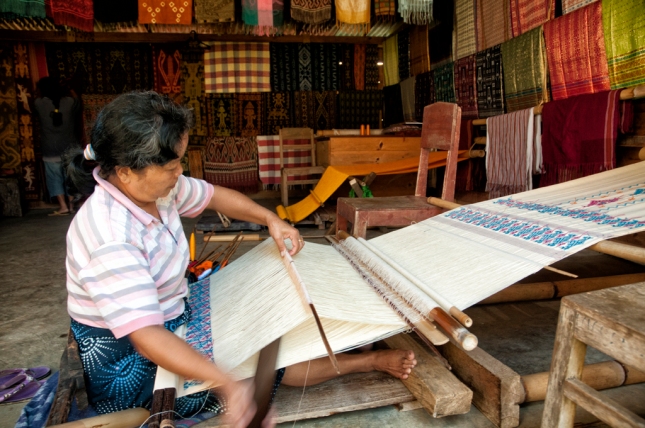
Pembuat Kain Tenun
Souvenir Khas Toraja
Souvenir khas toraja biasanya berupa patung, atau ukiran yang terbuat dari kayu atau gading.
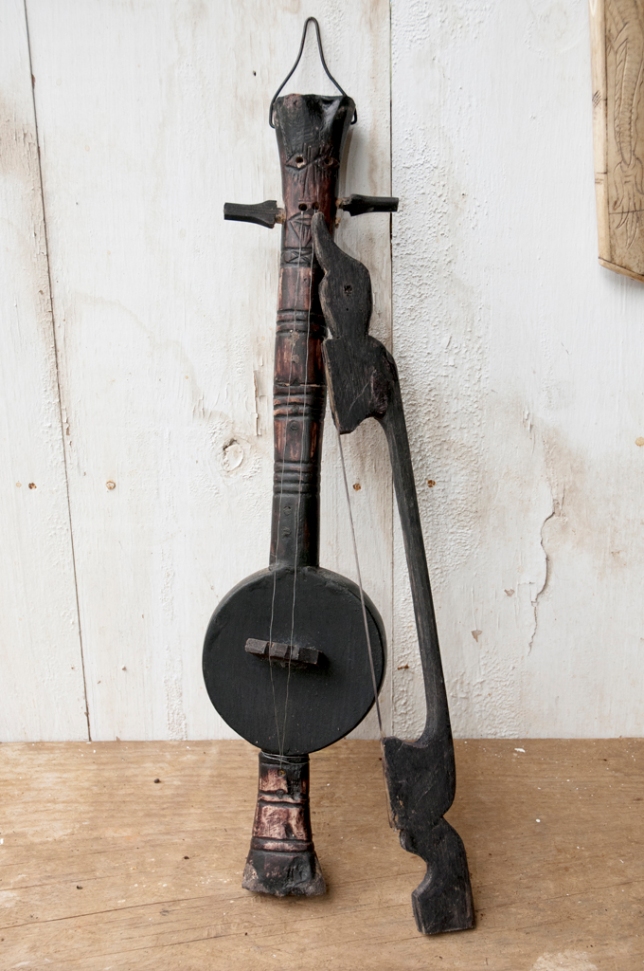
Alat musik tradisional

Tau-tau

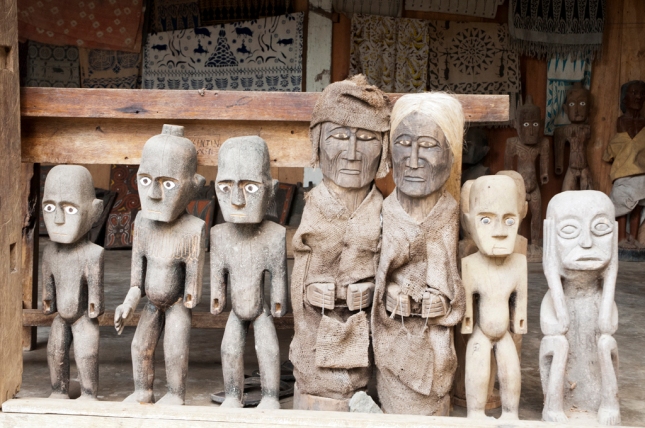
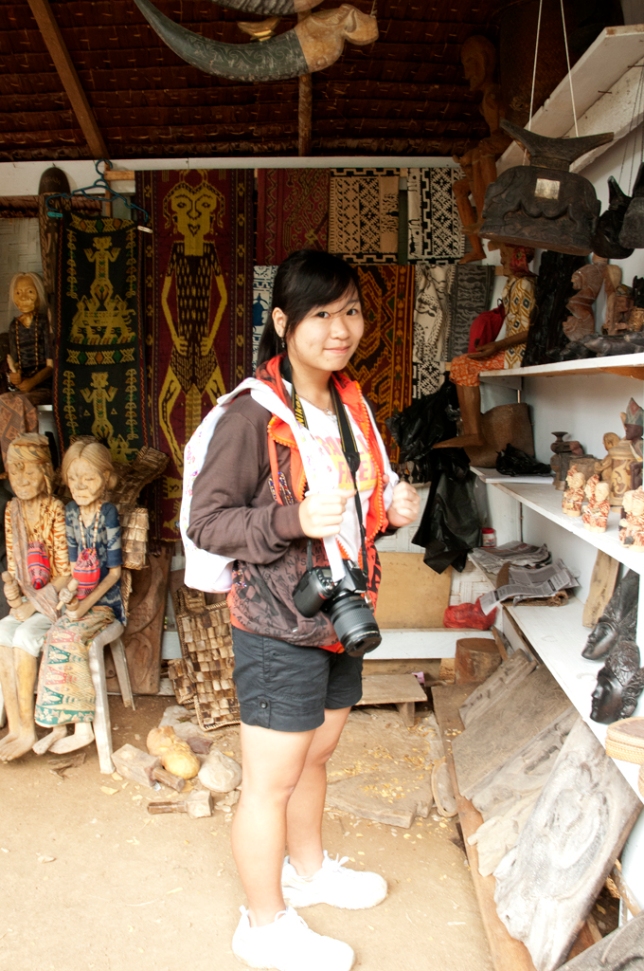
Sharen Adeline at souvenir shop

